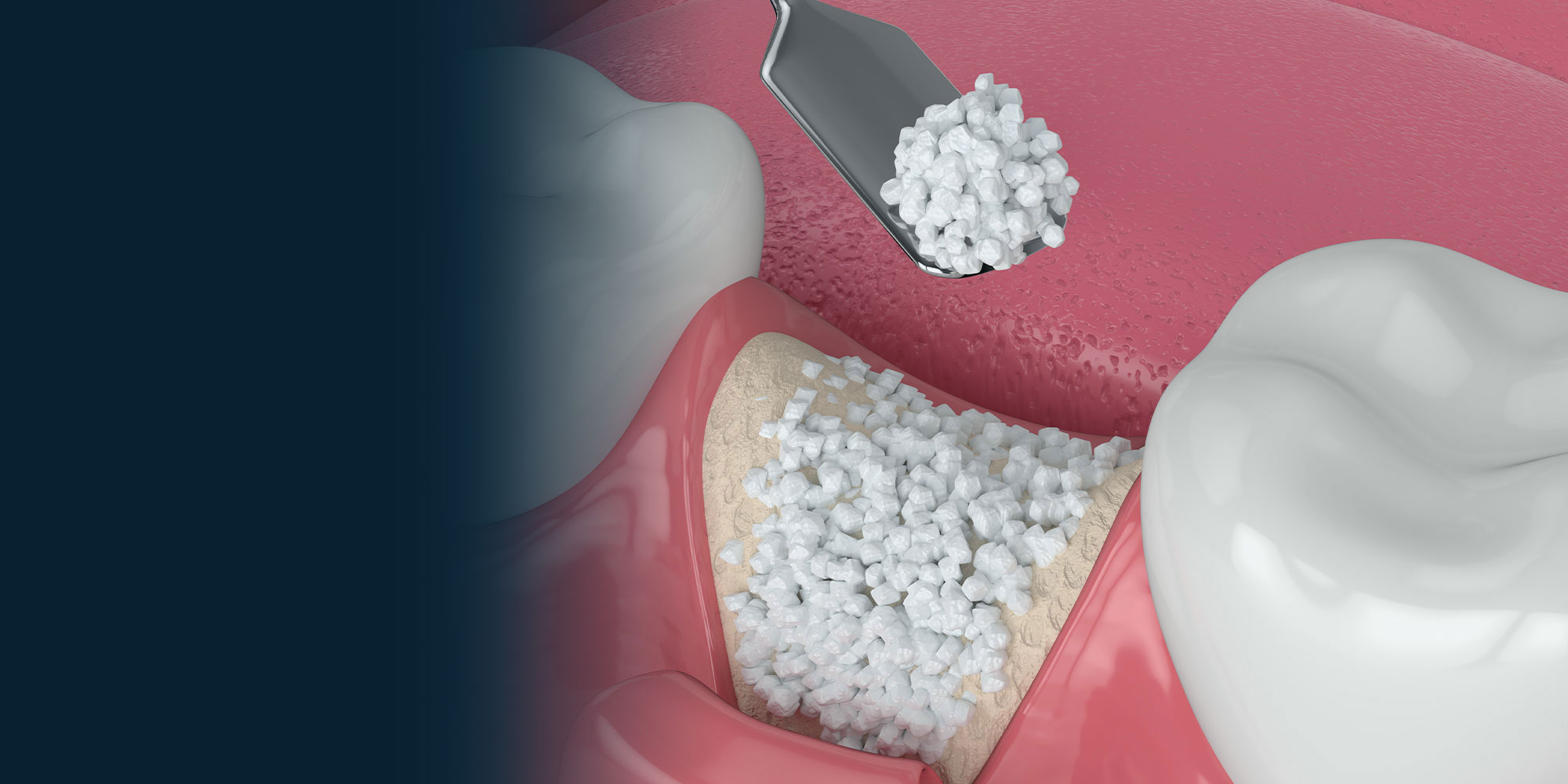
If you have one or more missing teeth or have had a tooth extracted, restoring proper bone levels in your jaw is necessary. As the foundation of your smile, your bone plays a vital role in your oral health and function. It supports your teeth and helps preserve your facial structure. But it needs the stimulation of tooth roots to remain dense and strong. When teeth are extracted or lost, the jawbone no longer receives stimulation and will resorb and shrink.
Bone loss can lead to shifting and loosening of remaining teeth, lip and cheek support loss, and jaw joint issues. Without proper bone support, you may be unable to replace your teeth with dentures or dental implants. To help ensure that these functional and aesthetic consequences do not occur or worsen. This procedure restores the jawbone volume or density lost due to missing teeth to improve oral health and function.

Bone grafting seems like a functional treatment to improve oral health. However, this treatment also has more widespread benefits. Tooth and bone loss can lead to numerous problems affecting your eating ability, oral and physical health, and personal well-being.
By restoring bone levels in your jaw, our Houston, TX team can treat infection and disease, replace missing teeth with restorations like dental bridges and dentures, and prepare you for dental implants. Having a smile restored to proper function and aesthetics can significantly improve your confidence, health, and quality of life!
Bone grafting is a surgical procedure that involves placing dental bone graft material in areas where the bone has resorbed or a tooth has been extracted. We offer bone grafting in Houston, TX to restore the proper density, height, and width of the bone in the jaw. We partner with multiple third-party financing companies to make your treatment affordable and achievable. In general, bone grafting may involve one or more of the following procedures:
